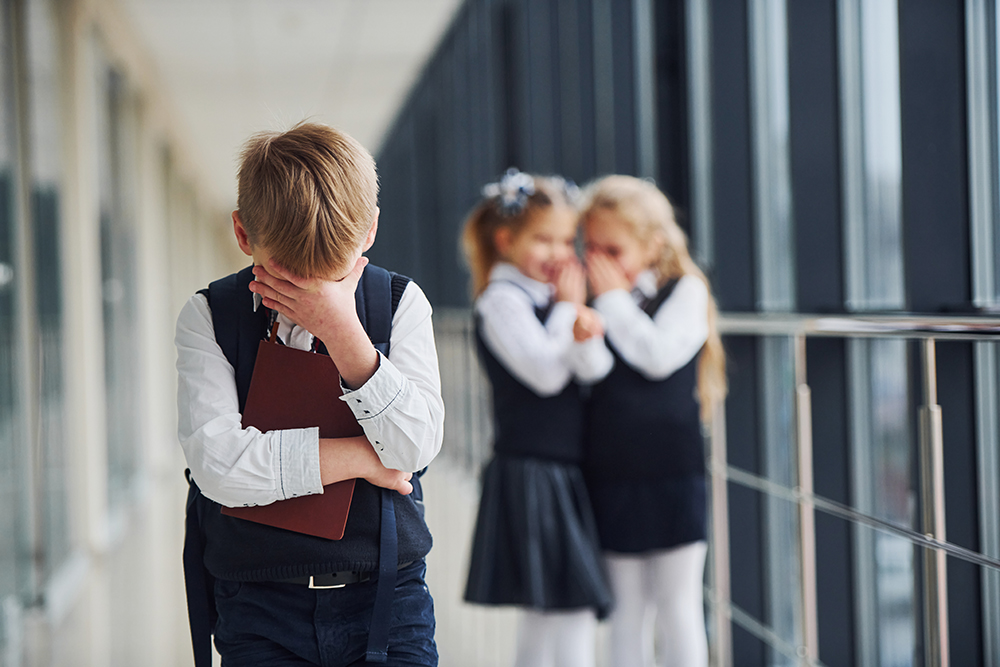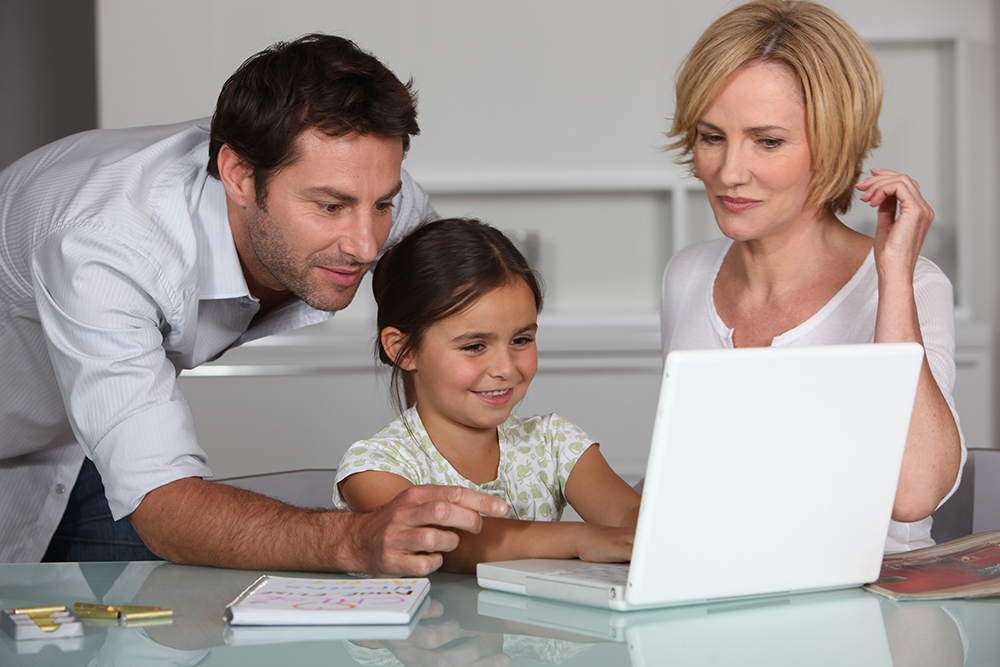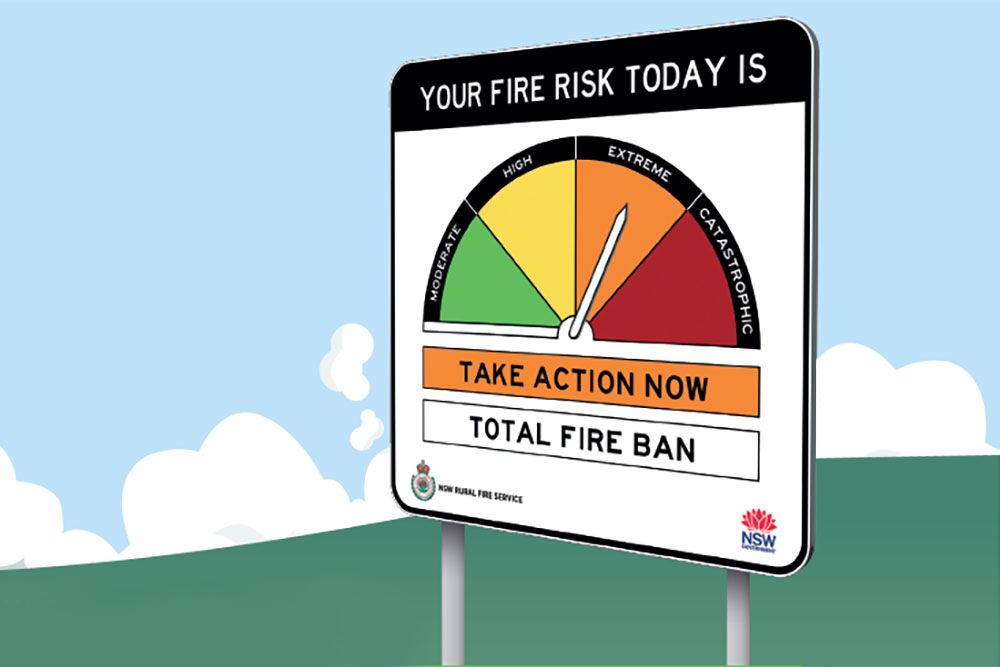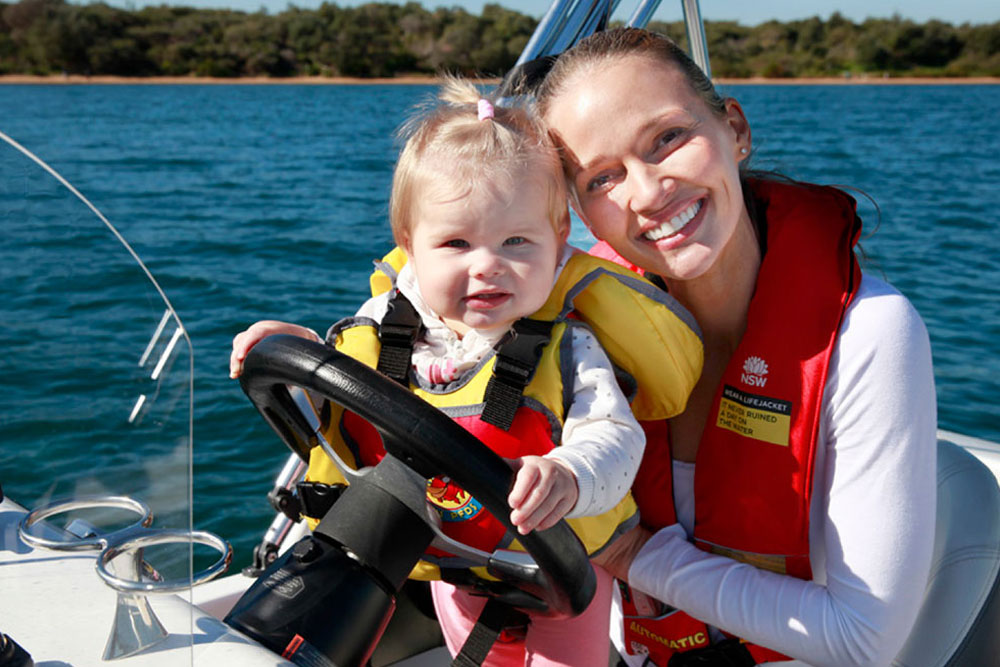Every year, around 350 Australian Children die from unintentional injuries.
%
Unintentional injuries account for about 88% of all injury related deaths in children and about 97% of all injury related hospitalisations.
450,000 copies of the Child Safety Handbook have been distributed to primary schools all over NSW for teachers to give to 6-7 year olds to take home to their parents.
The ‘Child Safety Handbook’ was officially launched in 2011 at Government House. A much needed and vital guide to assist children, parents and teachers, the Handbook covers the entire extent of potential hazards that young children face. The Handbook offers advice and facts on everyday activities, cyber safety, bullying, crossing roads etc. to the more unusual incidents such as such as floods and fires and even goes into details on the effects of smoking, caffeine and drugs. Read the handbook.














